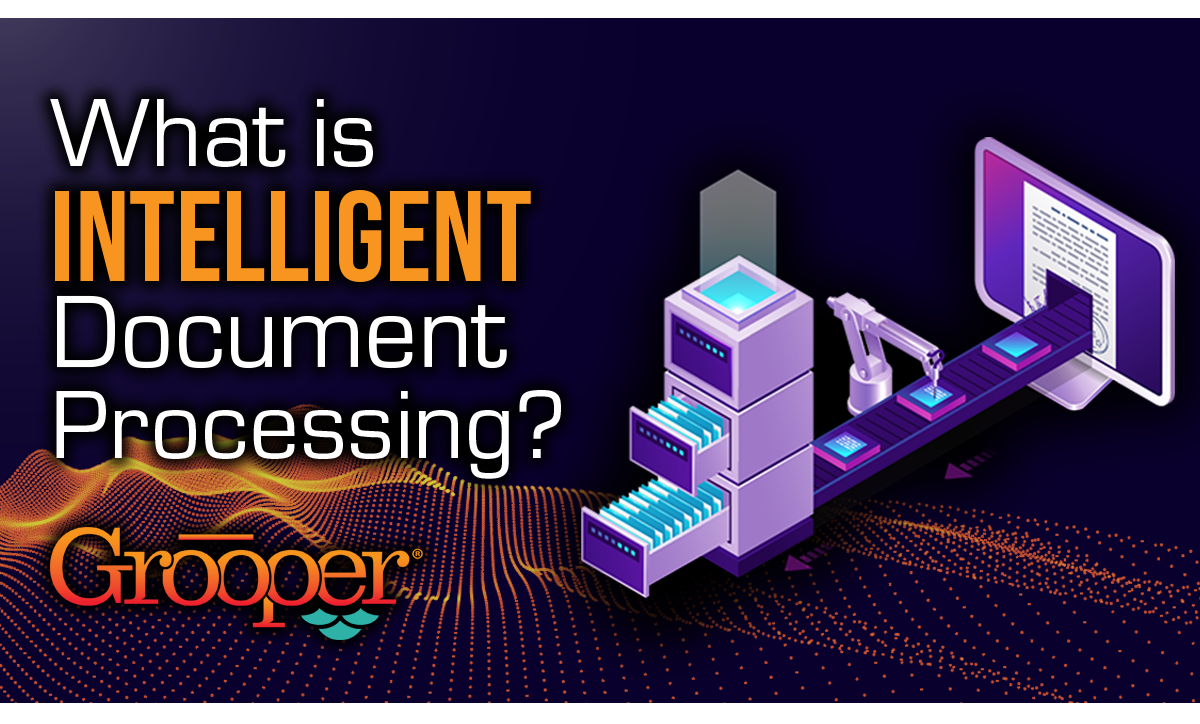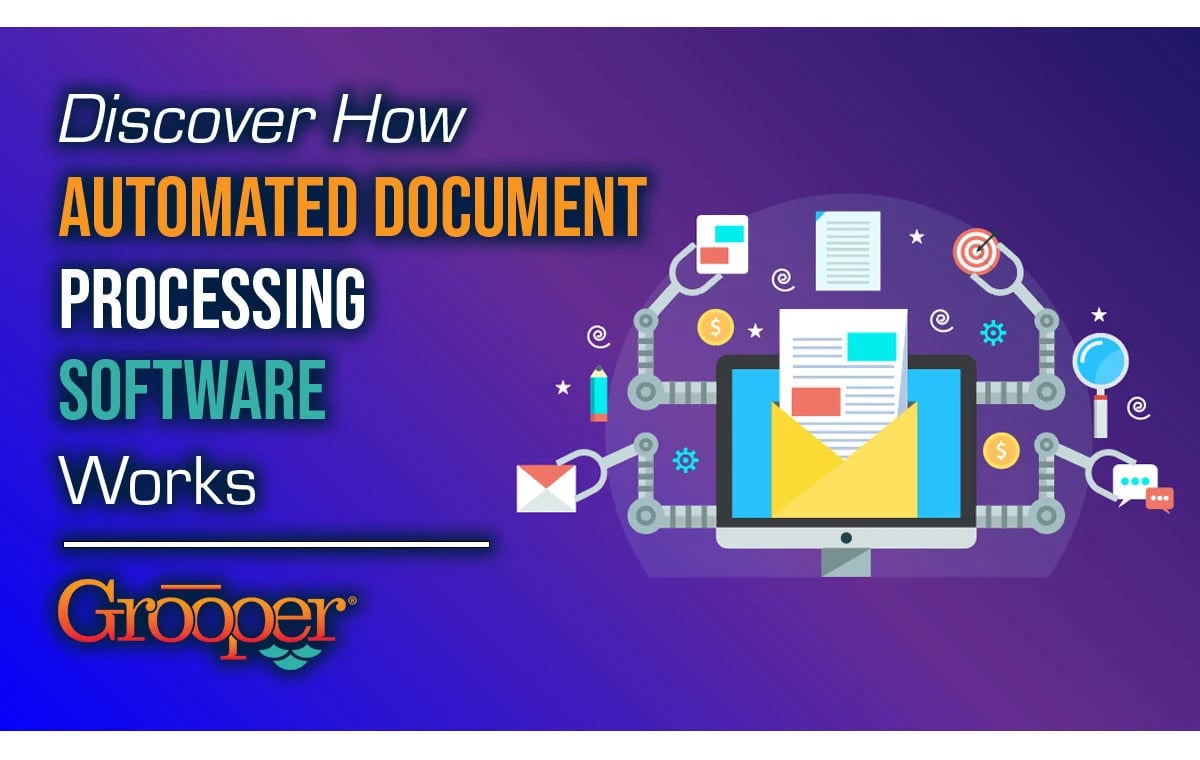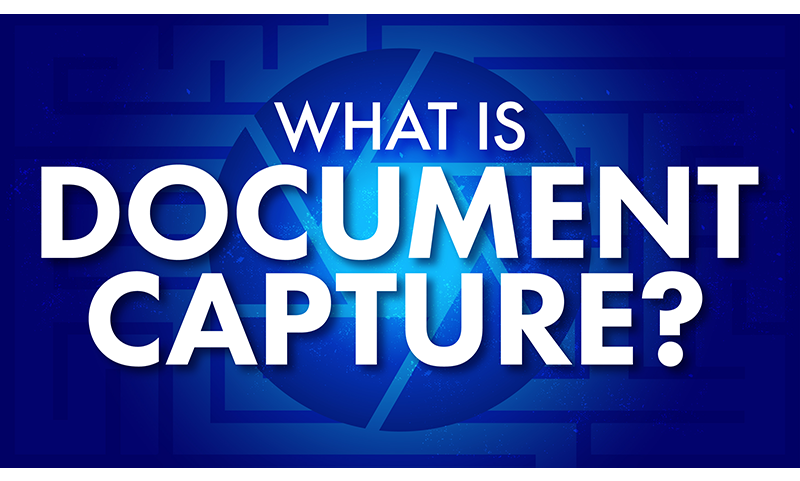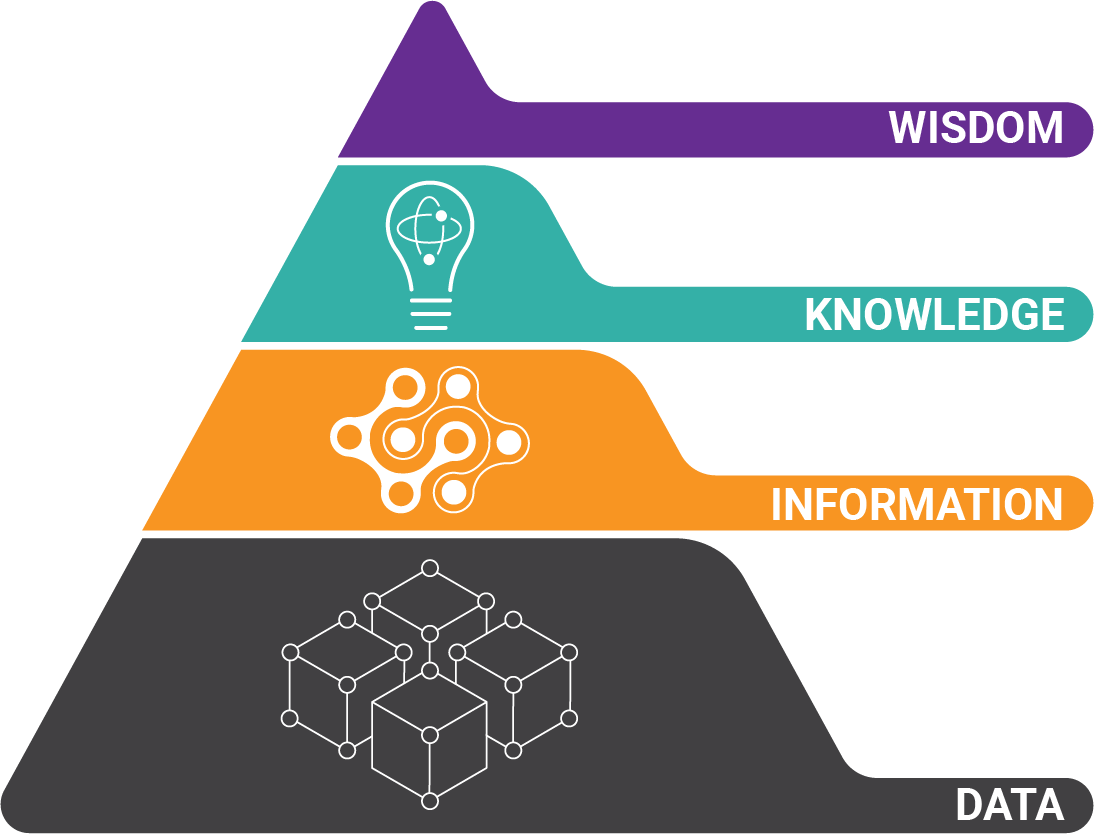Updated: July 25, 2023
Intelligent document processing (IDP) is a workflow technology that automates the extraction and classification of unstructured and structured document data by using AI technologies like computer vision, machine learning, and natural language processing.
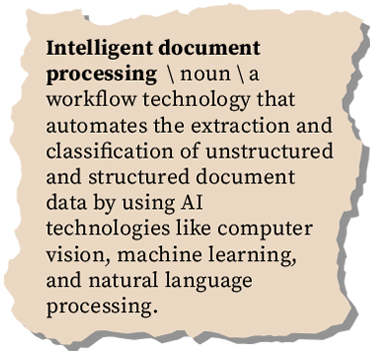
The biggest benefit of intelligent document processing is automating the time-consuming and error-prone task of manual data entry. IDP can extract data from a range of different formats or types of documents like:
- Unstructured documents (leases, contracts, emails)
- Semi-structured documents (invoices, purchase orders, receipts)
- Structured documents (forms, applications)
The technology can also handle a variety of document file types, such as scanned document images, JPGs, PDFs, Word documents, email files, spreadsheets, and many electronic files like XML.
Who benefits from IDP? Generally speaking, the more data an organization has on paper documents, the more time and costs it can save with intelligent document processing.
A great example is the banking and credit union industry, which deals with large amounts of financial documents every day. In this banking automation example, a credit union cut manual data entry by thousands of hours by using IDP for processing data from documents.
But one of the biggest uses for IDP is in accounts payable departments. These departments deal with numerous documents daily, in the form of quotes, invoices, packing slips, and receipts.
IDP can greatly reduce AP manual data entry, human errors, and overall invoice processing time. This leads to meeting payment deadlines, early payment discounts, and easy matching of all document data.
Discover the Newest Innovation
in Document Processing Software - ChatGPT:
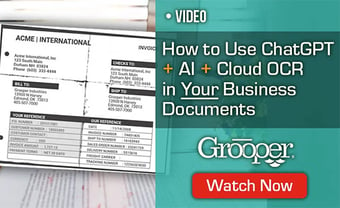
Using our IDP's integration with OpenAI's ChatGPT, you can empower document processing workflows never before possible. In this video, you will discover:
- How to use ChatGPT to find data in invoices, legal documents, leases, mailroom labels, and more
- 22 examples of how new AI is improving IDP software use
- How to automate handwriting recognition through IDP
Get the Video Now:
5 Things To Know About Intelligent Document Processing:
- The keys to success with IDP
- How does intelligent document processing work?
- Key benefits of intelligent document processing
- What's the difference between IDP and document capture?
- Use cases for intelligent document processing IDP
What are the Keys to Success with an Intelligent Document Processing Platform?
Intelligent document processing platforms, like Grooper, include every necessary step to transform paper or digital documents into accurately labeled data.
But intelligent document processing software can be a moderate investment. To maximize your efficiency and return on investment, IDP platforms should be:
- Industry agnostic
- Flexible to accommodate structured and unstructured data
- Able to scale up to process billions of extractions daily
- Able to integrate easily with cloud and on-premises content management systems
- Providing a visual interface for training and classification
How Does Intelligent Document Processing Work?
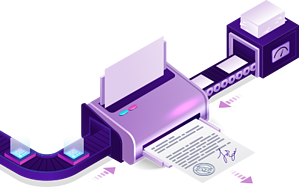
Intelligent document processing uses several steps and different AI technologies to extract relevant information from complex documents.
Whether your business documents are PDFs, scanned images, emails, (or whether the document formats are unstructured or semi-structured), here is how IDP extracts the business data you want:
Document capture – The platform integrates with scanning hardware to digitize physical media like paper or microfilm. Because not every document is digital, a solution is required to speed up traditionally slow scanning processes.
Built-in integrations ingest data from digitally born content like text files, PDFs, and office productivity documents.
Image Processing – Image processing is provided by computer vision algorithms that prepare a document for both optimal OCR and archival. Through document imaging software, The IDP platform will create two versions of digitized documents – one optimized for machine reading, and the other for on-screen viewing in a content management system.
Optical Character Recognition (OCR) – Accurate OCR technology is necessary for machines to read text on documents. One of the cornerstone features of IDP is the use of multiple OCR engines. A “layered” approach eliminates the need for better OCR by synthesizing the results from multiple engines until near-100% accuracy is achieved.
Intelligent Character Recognition (ICR) - This sub-category of OCR recognizes and accurately extracts handwritten information. Historically, ICR has been a risky proposition, but advances in the last couple years has made handwriting recognition very accurate and powerful.
Optical Mark Recognition (OMR) - Another sub-category of OCR is used to find checkmark boxes and bubbles in forms. It can easily extract the label for each set of boxes, and the value next to the box that is selected.
Natural Language Processing (NLP) – Find paragraphs, sentences, or other language elements in your documents that convey specific meaning. NLP makes data discovery fast using techniques like: sentiment analysis, part-of-speech tagging, named entity tagging, and feature-based tagging.
Document Classification – Most business documents are groups of pages that contain different types of information. IDP document classification engines are trained to recognize documents and categorize them by using machine learning (ML), neural networks and other intelligence-based techniques.
Automatic document recognition is an important step in understanding the information within a document. Gone are the days of manual data entry for classifying.
Data Extraction – After document data is classified, successful data extraction hinges on the software’s artificial understanding of content. Because AI is only as smart as its training, the system must be trainable to find and label all expected information within a document.
This includes identifying sections of natural language documents and extracting specific data elements like dates, names, numbers, etc.
Data Validation – All extracted data must be verifiable to be trusted. IDP platforms are unique because they use external databases and pre-configured lexicons to validate business information. Any data that doesn’t match up is flagged for human review and correction.
Integration – Data integration requirements are extremely diverse. Because IDP platforms are critical sources in the data supply chain, they must integrate with all downstream applications. This includes cloud and local databases and document repositories. Labeled data and metadata are attached to human-readable copies of the data for portability.
Key Benefits of Intelligent Document Processing
 There are real, tangible reasons why companies of all sizes invest in IDP software. Those include, but are not limited to:
There are real, tangible reasons why companies of all sizes invest in IDP software. Those include, but are not limited to:
- Lowering document processing costs. We have many users of our Grooper IDP platform that save thousands of hours every year with just one simple application (like invoice processing) of process automation, which translates directly to cost savings.
And many of our users use Grooper in more than just one application, so they are seeing significant cost savings in many areas.  Data accuracy. By avoiding manual document data entry, intelligent document processing users also avoid the many manual errors that humans make. In addition, this prevents any problems that data errors could cause in downstream business processes.
Data accuracy. By avoiding manual document data entry, intelligent document processing users also avoid the many manual errors that humans make. In addition, this prevents any problems that data errors could cause in downstream business processes.- Increased employee productivity. Intelligent document processing automates the kind of slow, painstaking work that employees dislike. Those employees are then available to perform tasks that are more valuable to the organization.
This improves operational efficiency in that specific department, and organization-wide. It also increases employee morale. - Brand-new capabilities. Some of our intelligent document processing software users have been able to create new products for their customers because their electronic document processing has become incredibly efficient. IDP users can also make better, wiser decisions as they have more information available faster.
What's the Difference Between Intelligent Document Processing and Document Capture?
The biggest difference in IDP compared to traditional document capture is the power of innovation in the way documents are processed. The big names in traditional document capture stopped innovating solutions over a decade ago.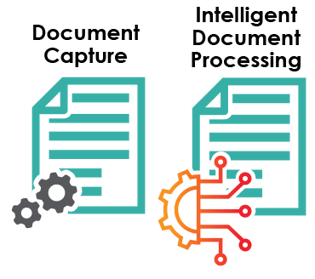
And there are two reasons for this:
1) First, those tools were created in an era where conserving compute was important. Their software architecture was not built for the scalability demanded by today’s data-hungry applications.
And since many of these platforms have grown through acquisition, a platform-wide software re-build to meet the requirements of IDP would simply be too expensive.
2) The second reason is that the customer-base for the traditional document capture companies is large. They are profitable just as they are now and would like to avoid disrupting their customers’ existing workflows with a required upgrade.
Instead of innovating capture, they have focused on developing other technologies like robotic process automation, or have rebranded to make the appearance of having IDP capabilities (sad, but true).
A Great Use Case of Powerful Intelligent Document Processing
 One of the best examples of innovation through intelligent document processing is a massive project taken on by the U.S. Nuclear Regulatory Commission. We like to talk about this use-case because it includes a valuable lesson from the past.
One of the best examples of innovation through intelligent document processing is a massive project taken on by the U.S. Nuclear Regulatory Commission. We like to talk about this use-case because it includes a valuable lesson from the past.
Before their IDP project, they experienced a massive failure from a technology vendor who used a legacy document capture approach. An attempt to integrate data from an archived data source took five years, and didn’t provide the promised results!
In what turned out to be one of the biggest and most successful government records projects, they used Grooper to integrate labeled data from over 50 million pages of records in under two years. The information contained in the documents was integrated into a central database where pristine document images were linked to the data.
Many More Use Cases for IDP
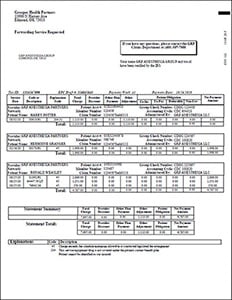 In another example or use case, one of the U.S.’s largest healthcare data processing companies used IDP software to convert EOB (explanation of benefits) document data, billing data, and claims information for hundreds of thousands of patients.
In another example or use case, one of the U.S.’s largest healthcare data processing companies used IDP software to convert EOB (explanation of benefits) document data, billing data, and claims information for hundreds of thousands of patients.
Prior to implementing intelligent document processing (or cognitive document processing), the workload required on back-end systems was massive.
By using an AI document processing platform, they transform gigabyte-sized text files into billions of data extractions needed to complete mission-critical workflows on a daily basis.
But it isn’t just enterprise that benefits from intelligent document processing, or automated document processing. IDP platforms are being used in the following industries:
- Financial institutions need to extract data from invoices, financial statements, mortgage documents member applications, loan applications and tax forms
- Energy companies need the data in oil and gas documents, like land leases, contracts, run tickets, and many more
- Government agencies and departments use many applications and tax forms
- Universities and colleges manually process thousands of student transcripts every year
- Healthcare companies use many complex forms like patient visit forms, diagnosis documents, insurance forms, EOBs and many kinds of electronic files
What's New in Document Processing (IDP)?
What’s new is the combination of many AI tools (like ChatGPT) into a single platform solution, and it’s transforming the way we work. New sources of data create better business outcomes and pave the way for human-initiated innovation.
 This is a new way of capturing and extracting information. All the big technology companies are building intelligent tools, but the problem is that they aren’t accessible in a single, seamless platform.
This is a new way of capturing and extracting information. All the big technology companies are building intelligent tools, but the problem is that they aren’t accessible in a single, seamless platform.
If you want the power of a GPT, Azure, AWS, or Google’s advanced tools, they’re only available through APIs. These individual tools are great for testing and experimentation, but the modern enterprise needs a unified, scalable, and production-ready solution.
Intelligent document processing platforms are powerful software machines that fuel the data supply chain with labeled data from any text-based source.
About the Author: Brad Blood
Senior Marketing Specialist at BIS
